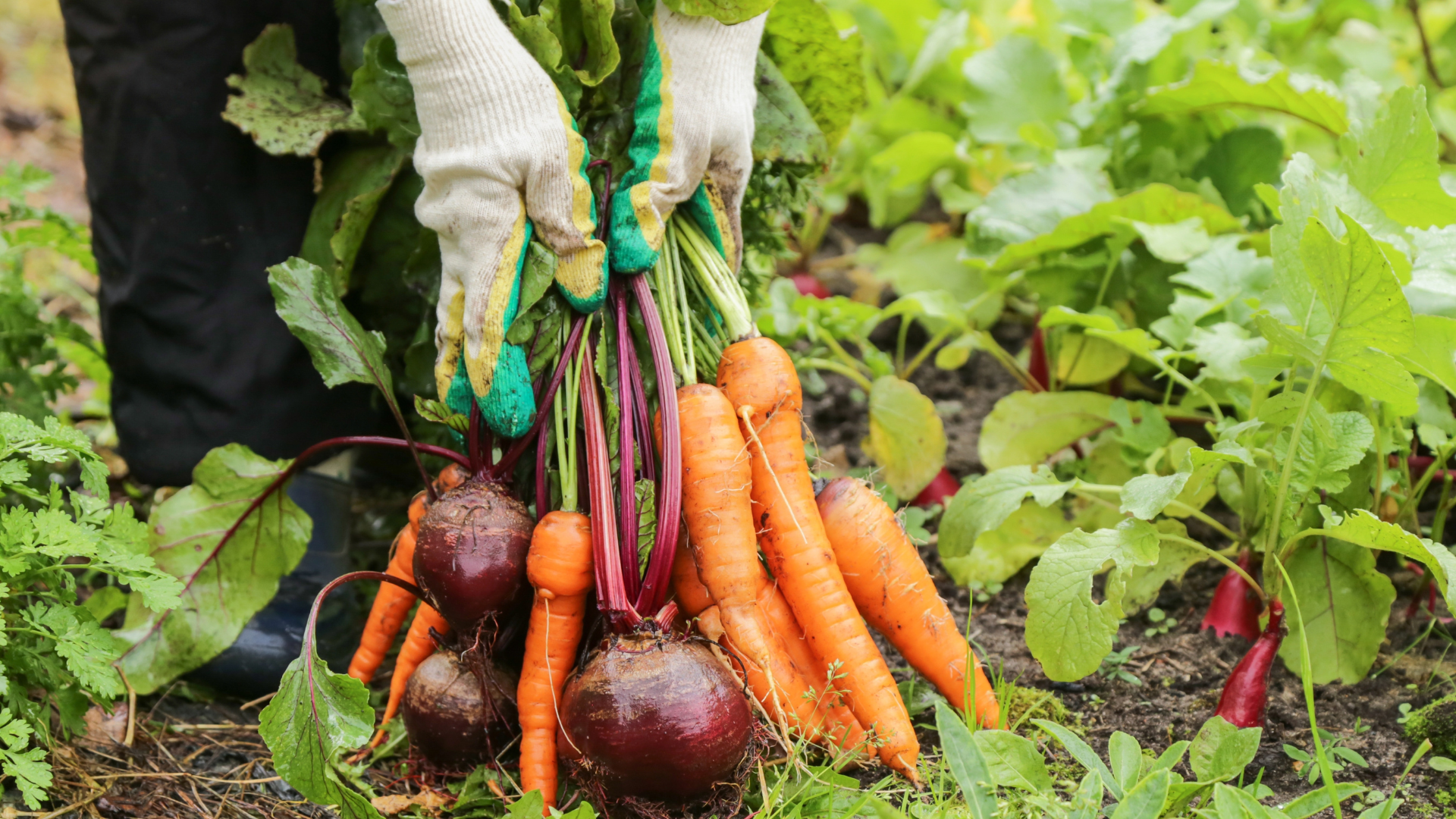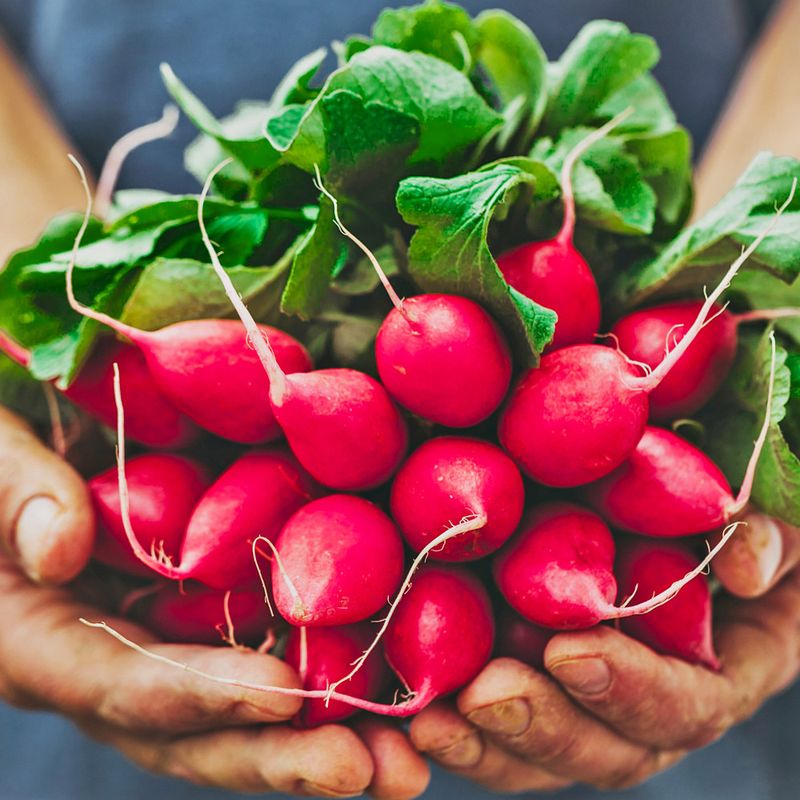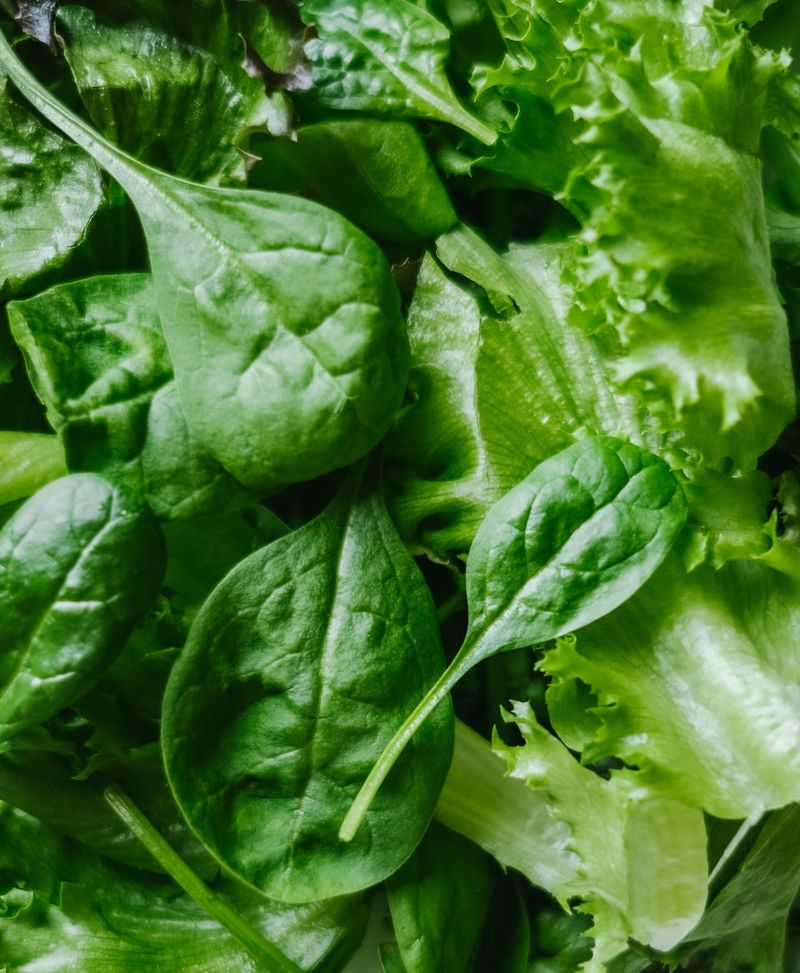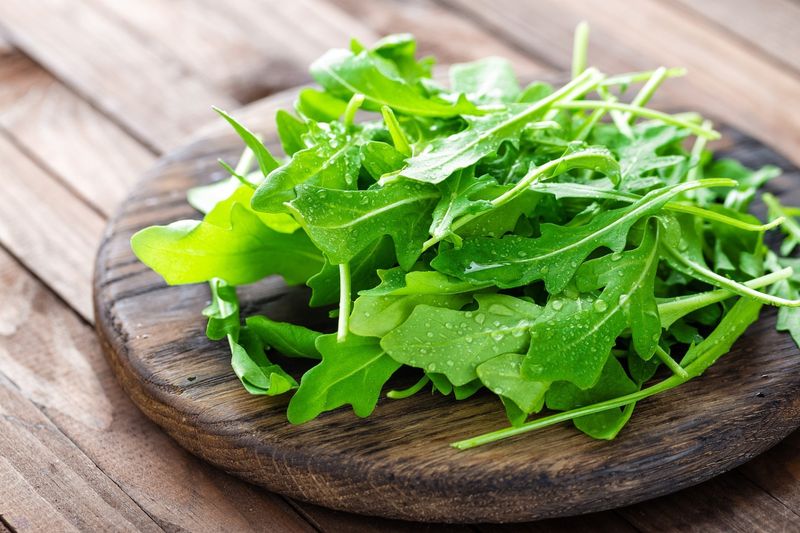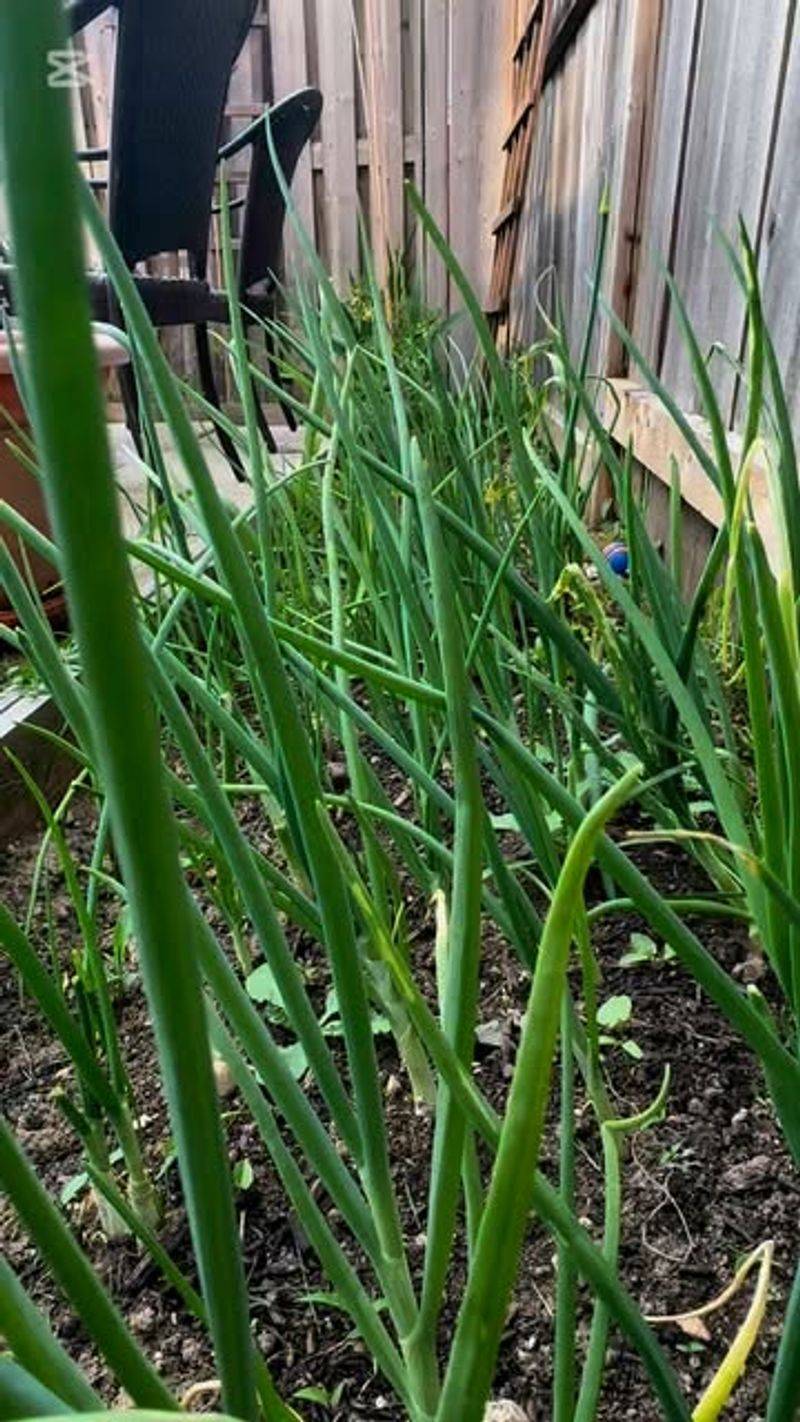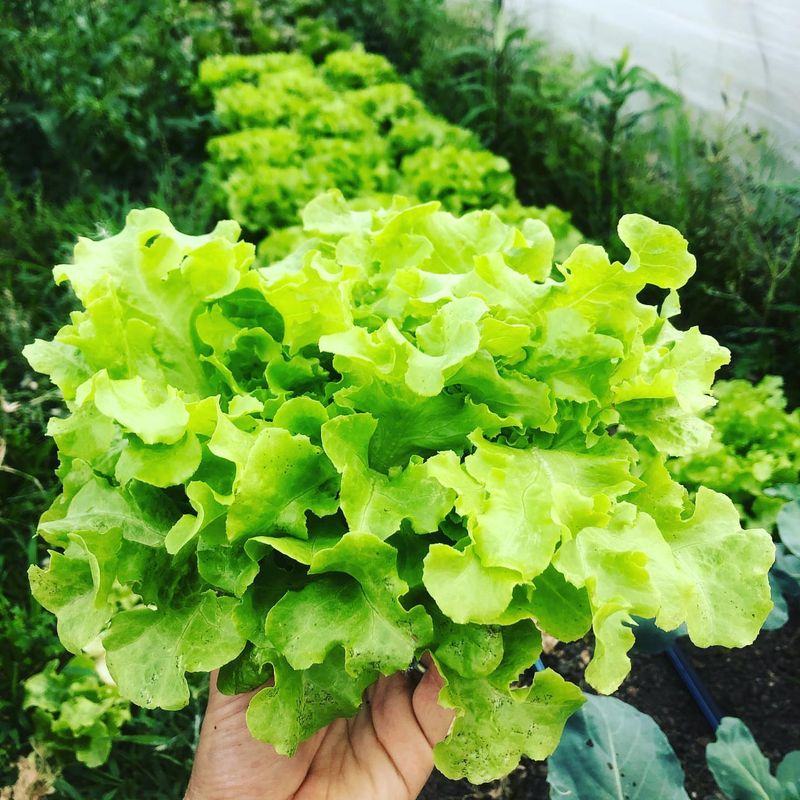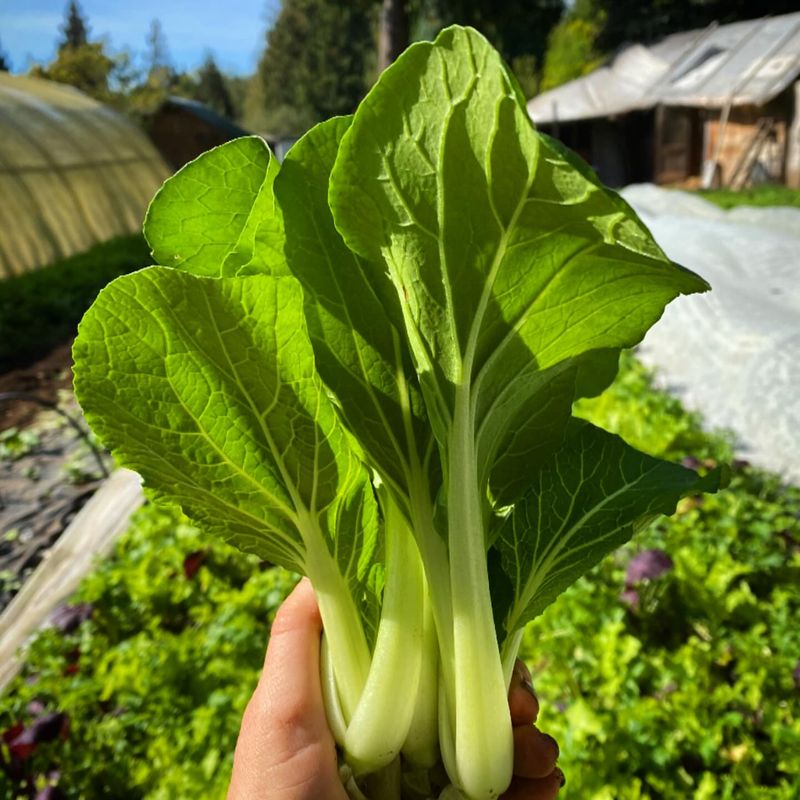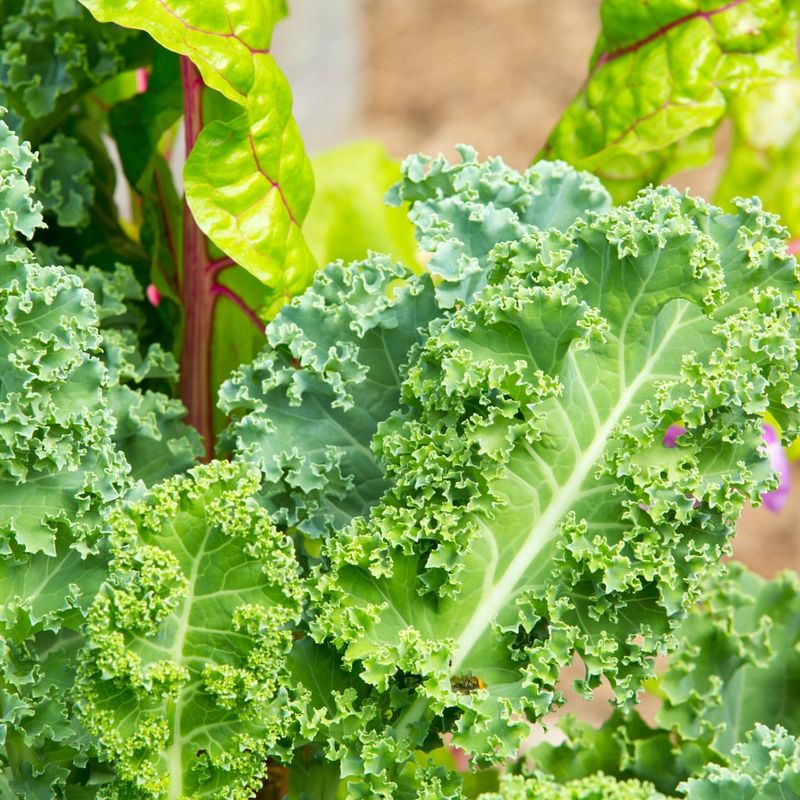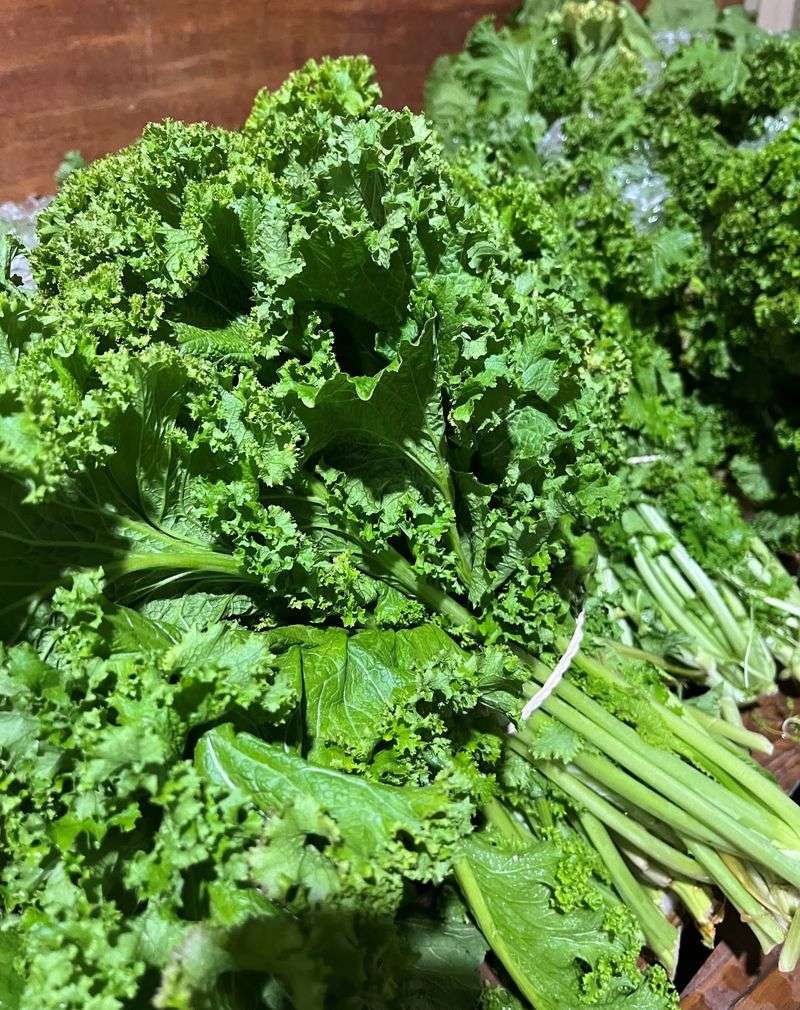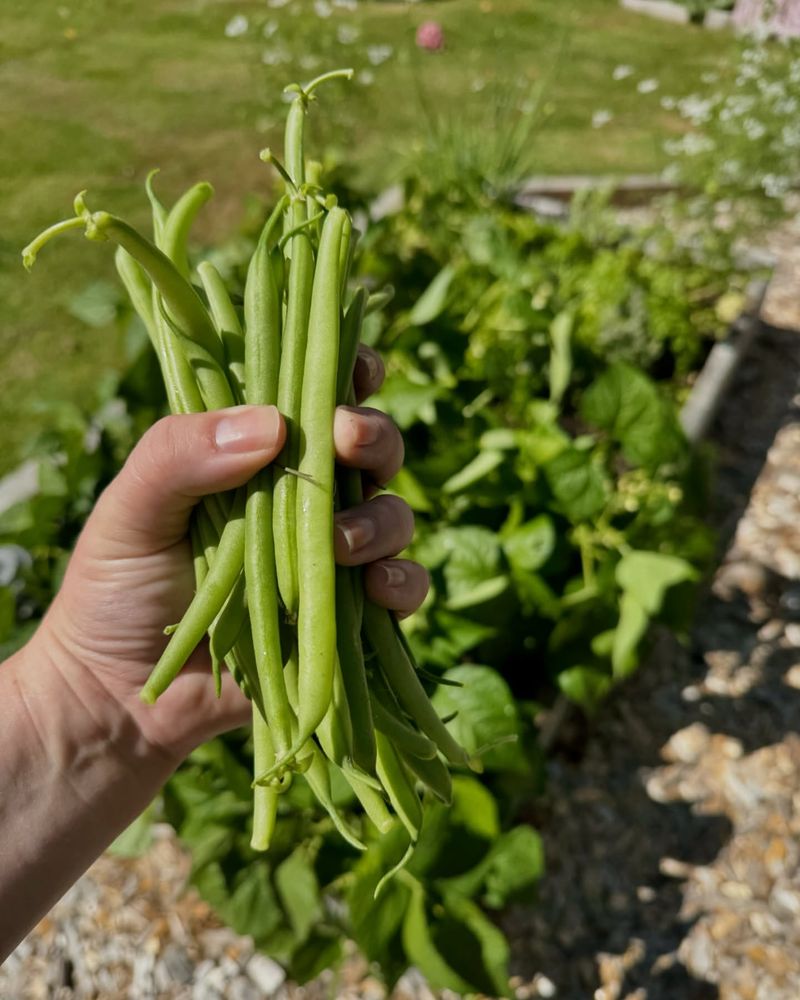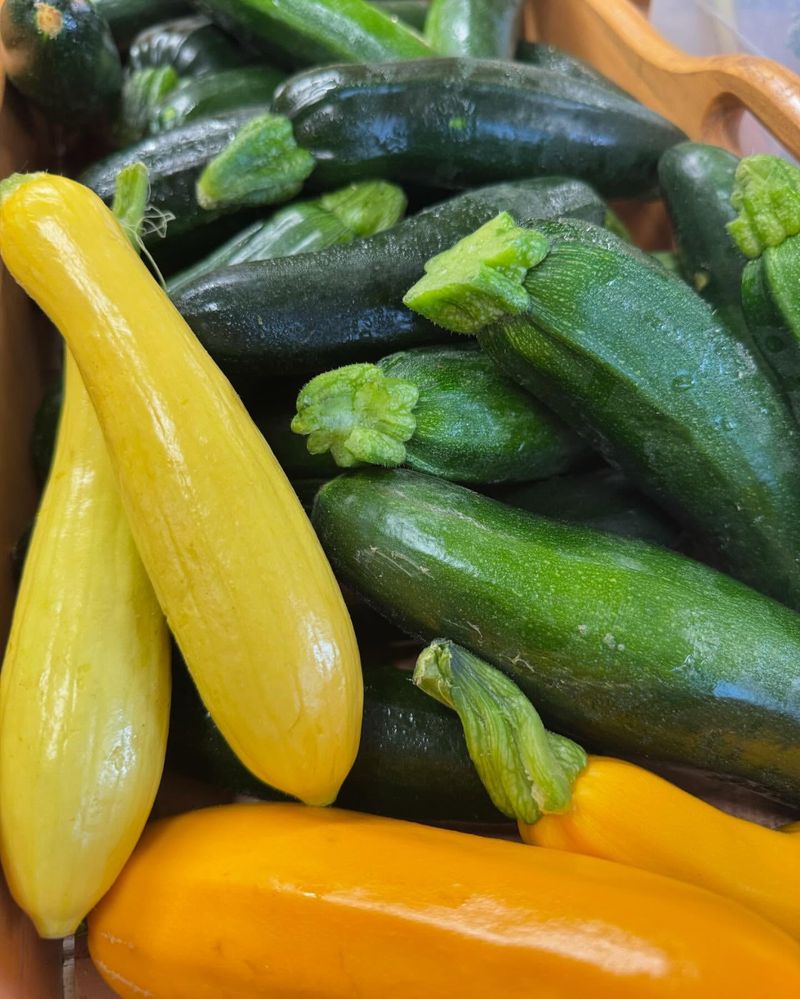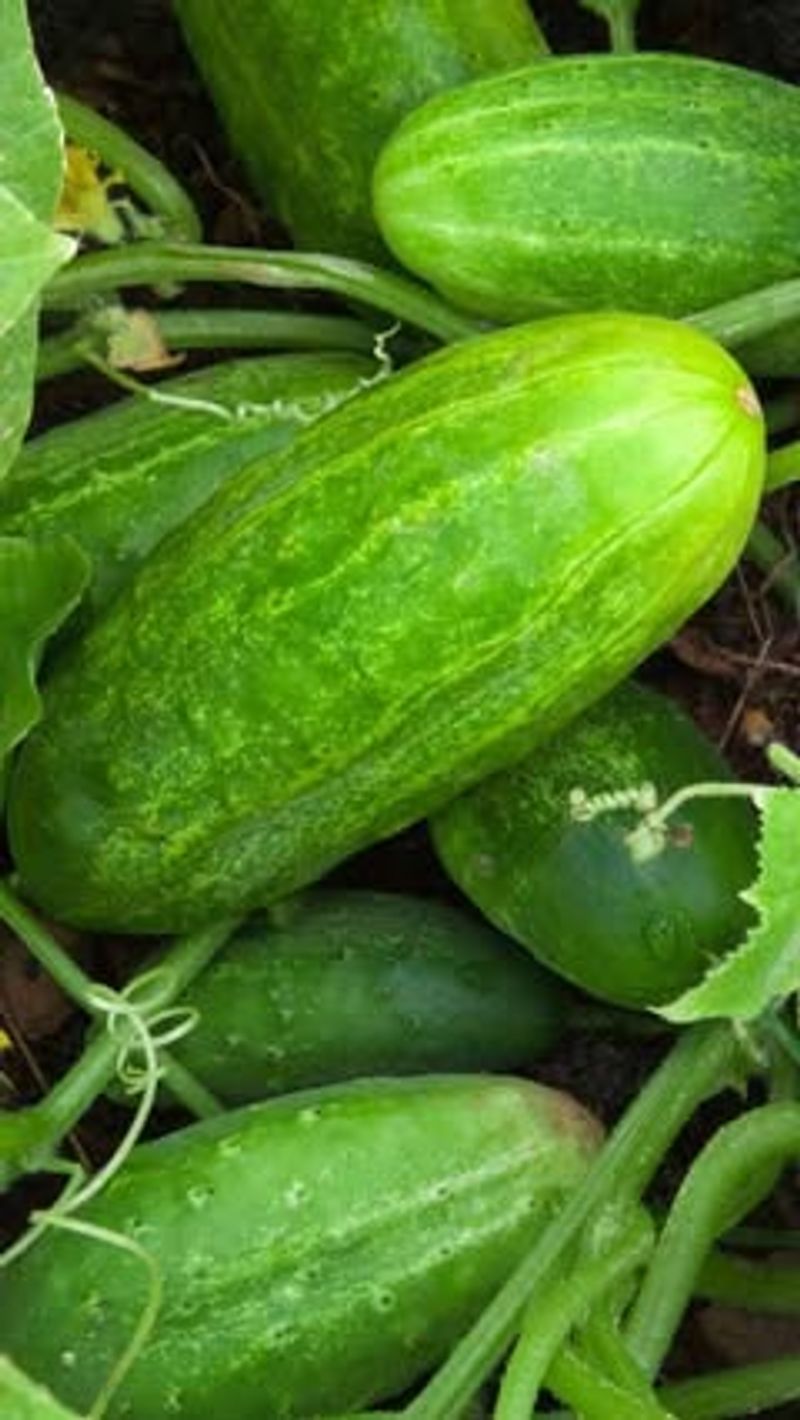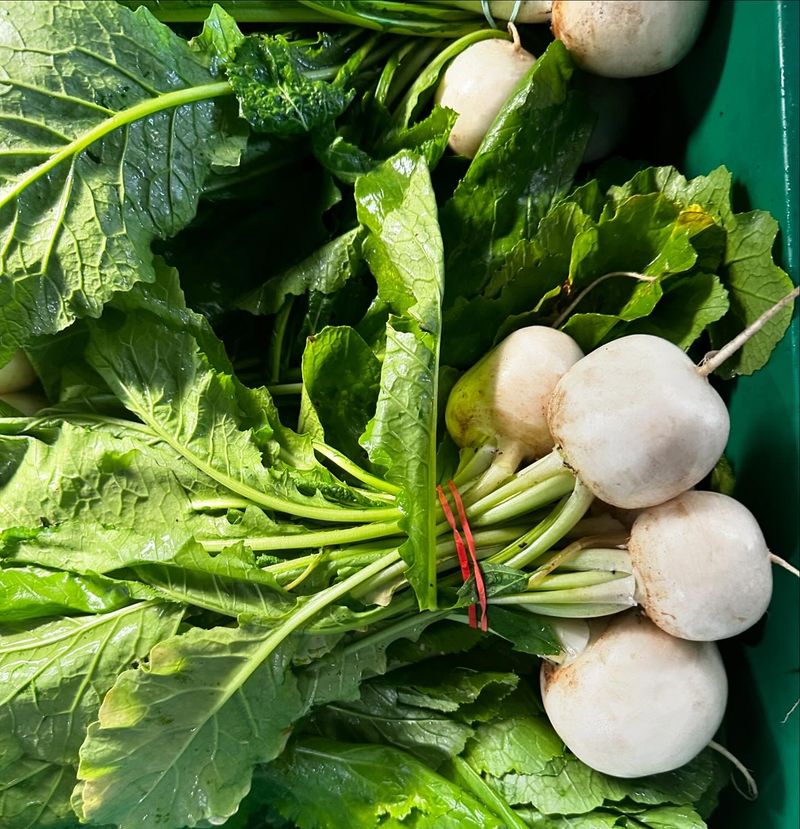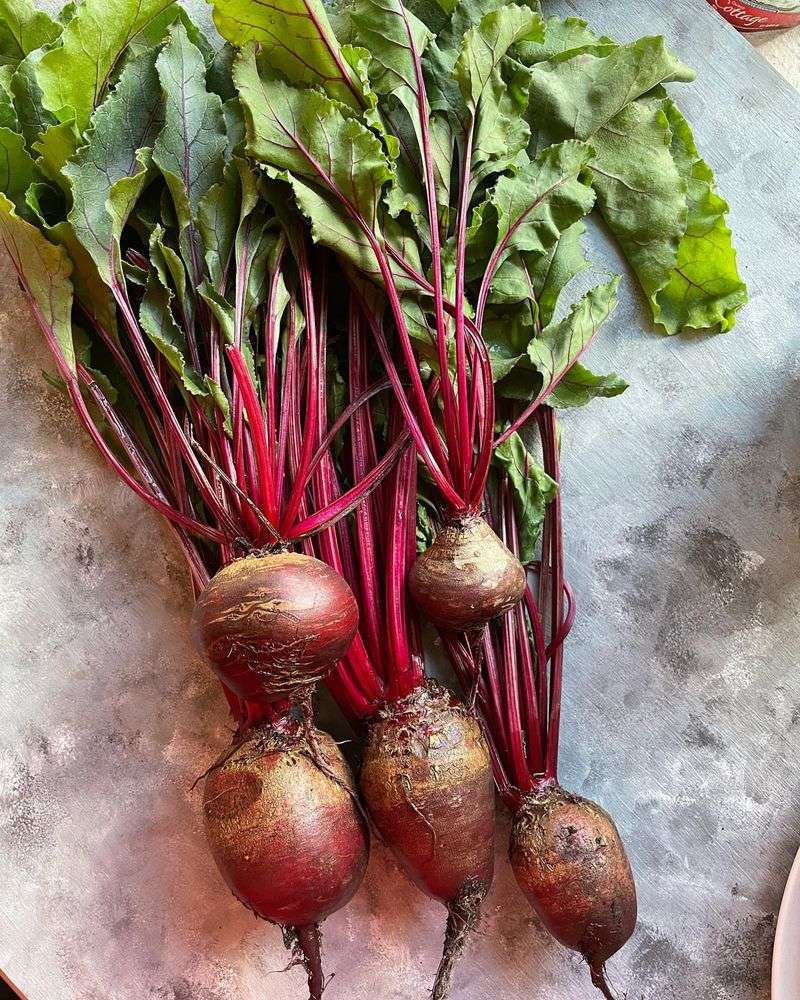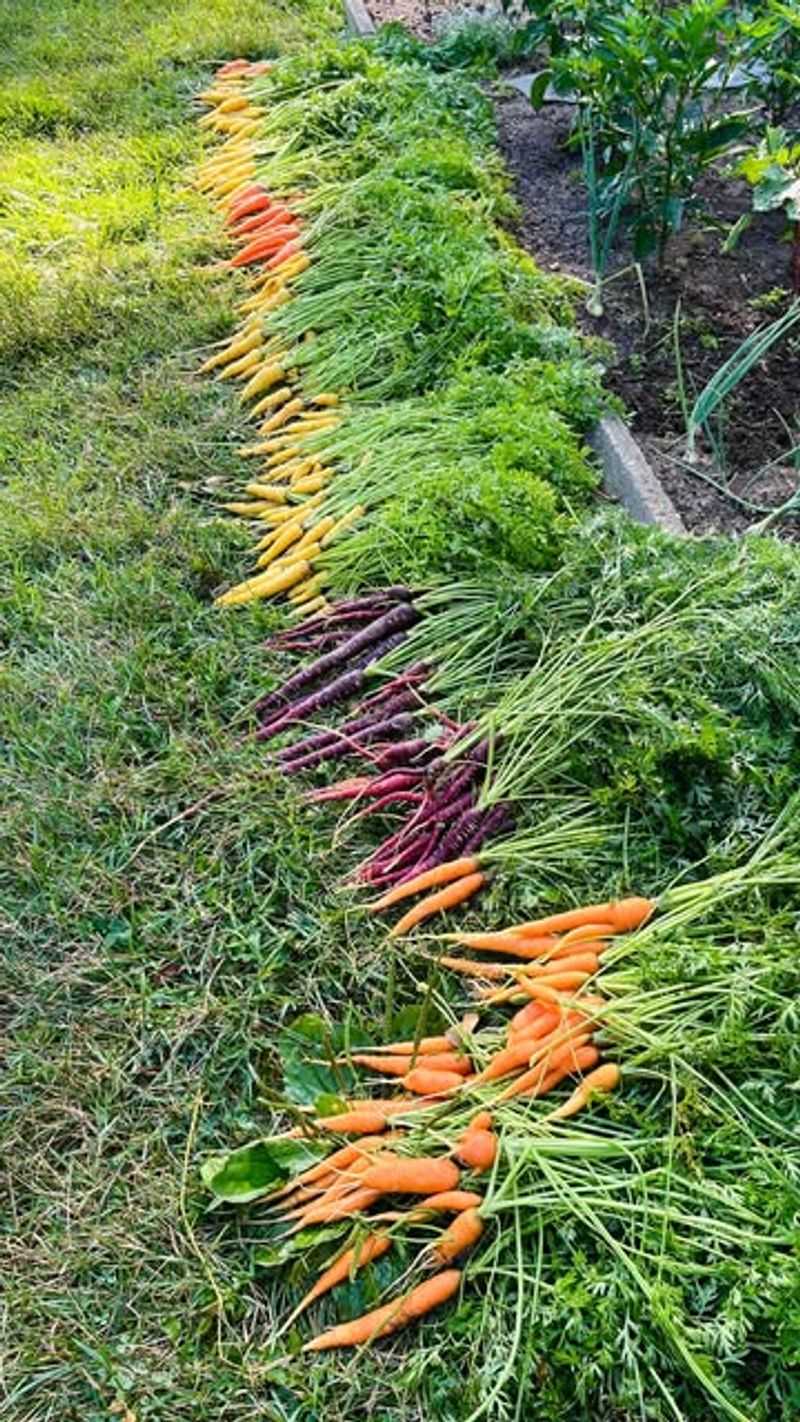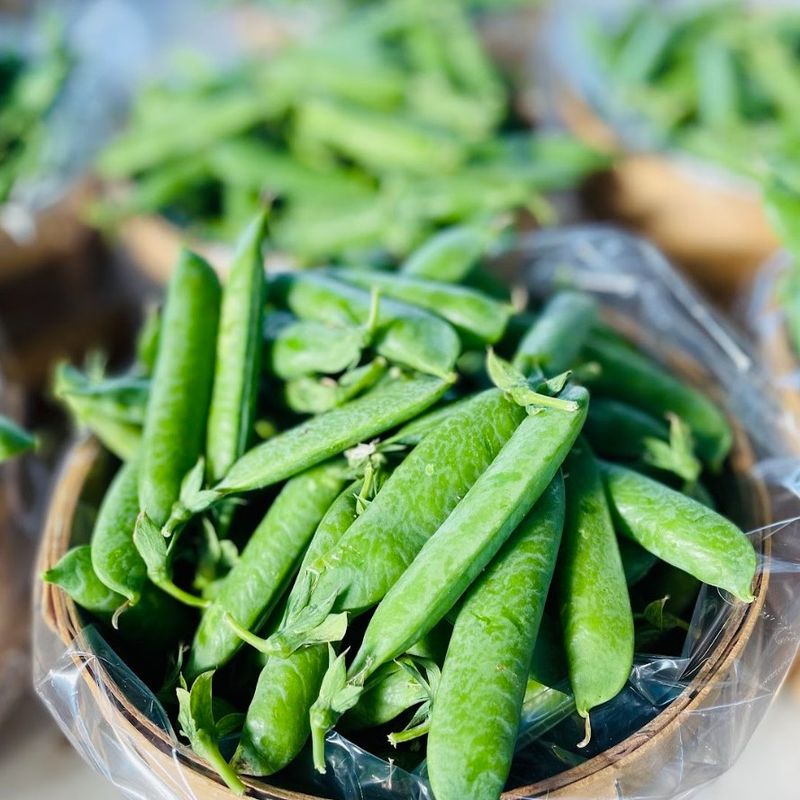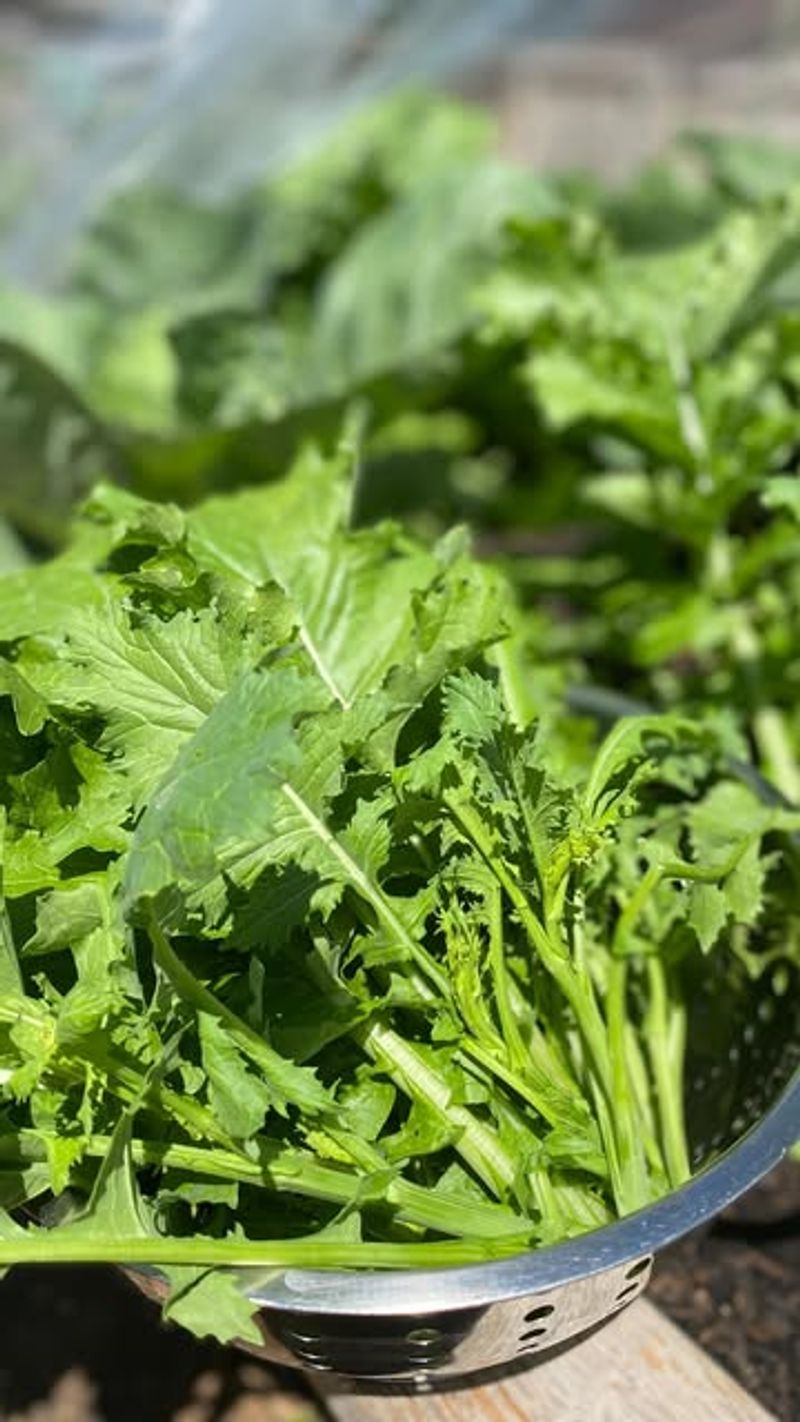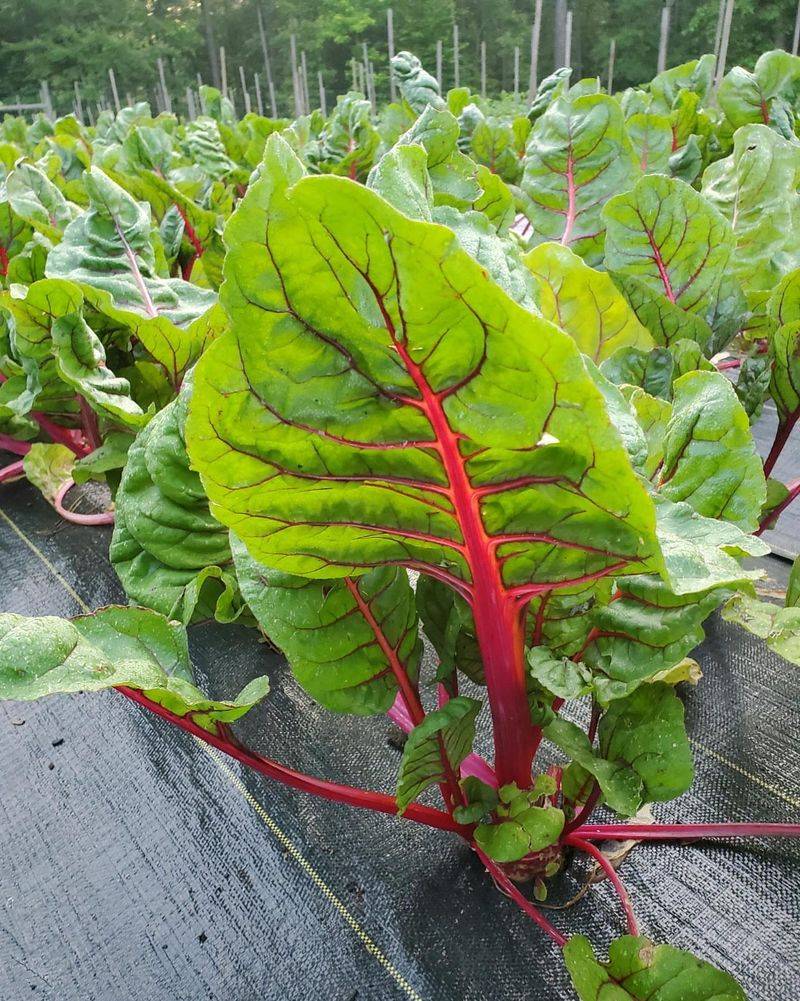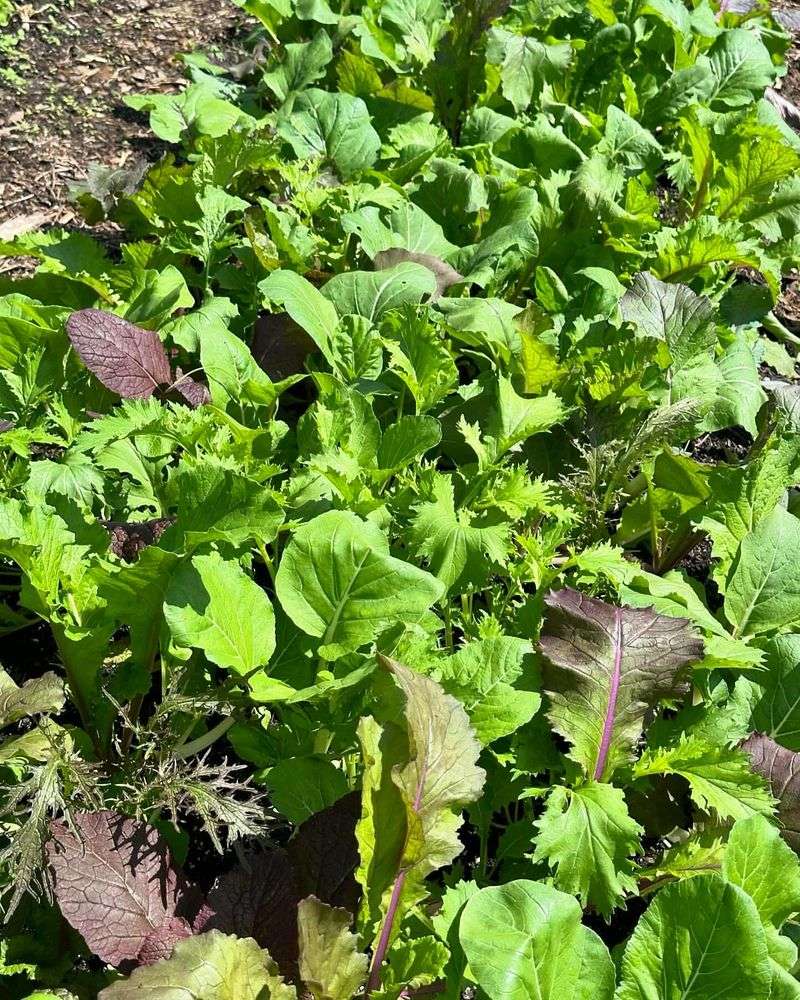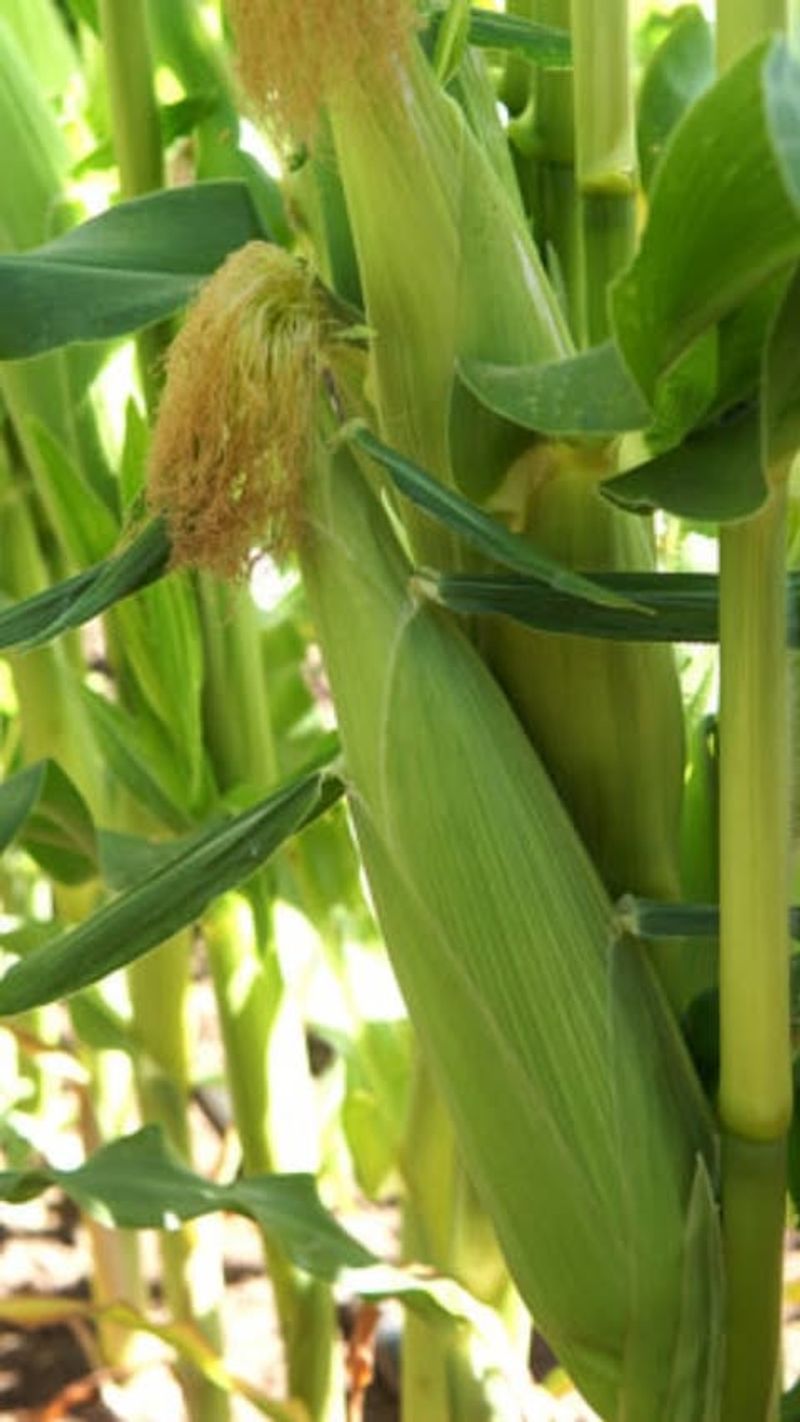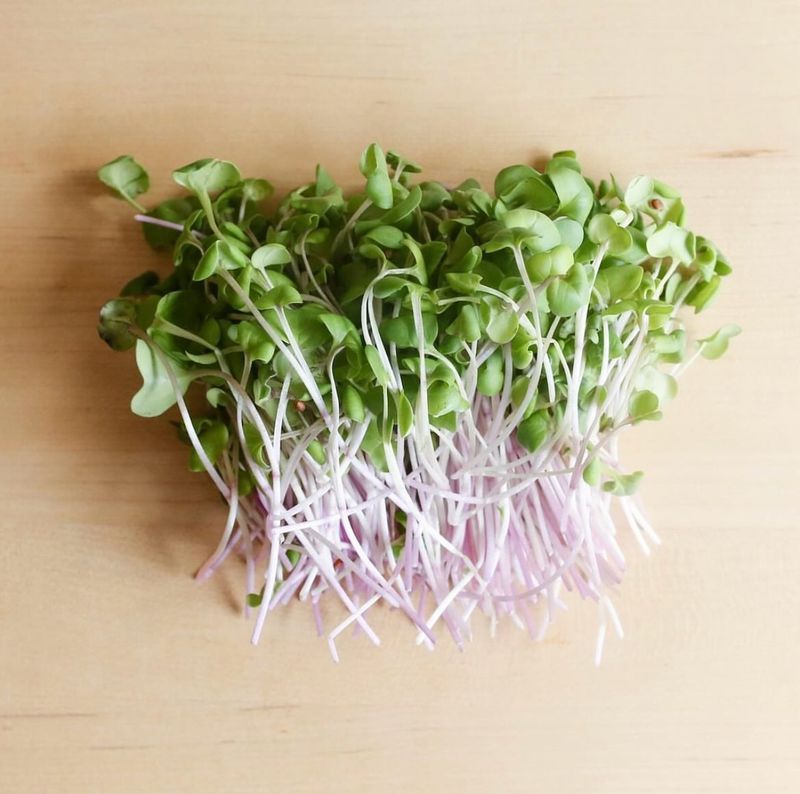If patience isn’t your thing, you’re in luck—some veggies don’t waste any time getting started. I’ve grown a few that seem to pop up almost overnight, and it’s such a thrill to see those first sprouts.
These fast growers are perfect for anyone who wants quick wins and steady harvests without the long wait. I still get excited every time I spot that first little leaf pushing through the soil.
Let’s talk about the veggies that give you that instant garden gratification!
1. Radishes
From seed to harvest in just 21 days, these crunchy root vegetables are the sprinters of the garden world. Their peppery flavor adds zip to salads and sandwiches.
Kids love watching radishes grow because results appear so quickly. Simply scatter seeds about half an inch deep, water consistently, and thin seedlings to one inch apart once they sprout. Even apartment dwellers can grow them in containers!
2. Spinach
Baby spinach leaves can be harvested just 20-30 days after planting. The tender young leaves taste sweeter than mature ones and pack more nutrition per bite than almost any other vegetable.
Early spring and fall provide ideal growing conditions as spinach prefers cooler temperatures. For continuous harvests, plant new seeds every two weeks. Harvest by picking outer leaves first, allowing the center to keep producing.
3. Arugula
Spicy and distinctive, arugula reaches harvestable size in just 21 days. The peppery leaves add character to pizzas, sandwiches, and salads that boring lettuce can’t match.
Sow seeds directly in the garden about a quarter-inch deep. Arugula grows so quickly that weeds barely have time to compete. For a continuous supply, plant small batches every two weeks throughout spring and fall.
4. Green Onions
Ready in as little as 3-4 weeks, green onions (scallions) are the gift that keeps giving. Many gardeners don’t realize you can harvest just the tops and leave the roots to regrow multiple times.
Plant seeds a quarter-inch deep and one inch apart, then thin to four inches as they grow. For an even quicker harvest, buy green onions from the grocery store, use the tops, and plant the white root ends in soil.
5. Lettuce
Loose-leaf varieties reach harvestable size in just 30 days. Unlike head lettuce that takes months, these quick growers let you pick outer leaves while the center continues producing for weeks.
Scatter seeds thinly in rows or blocks, barely covering with soil. Keep consistently moist but not soggy. For the longest harvest period, plant in partial shade during warm weather to prevent the leaves from becoming bitter.
6. Bok Choy
Baby bok choy varieties can be ready in just 30 days, making them perfect for impatient gardeners. Their crisp stalks and tender leaves work beautifully in stir-fries and soups.
Plant seeds a quarter-inch deep and six inches apart. Harvest the entire plant by cutting at soil level, or take just a few outer leaves at a time for a longer harvest period. Cool weather brings out the sweetest flavor.
7. Kale
Baby kale leaves can be harvested just 25-30 days after planting. This nutritional powerhouse grows quickly and continues producing for months when properly maintained.
Plant seeds a quarter-inch deep and thin seedlings to 12 inches apart. Harvest outer leaves regularly, leaving the center to keep growing. Kale actually tastes sweeter after light frost, making it perfect for fall gardens.
8. Mustard Greens
Spicy and vibrant, mustard greens reach harvestable size in just 21-40 days depending on the variety. Their distinctive flavor adds character to salads and stir-fries that milder greens can’t match.
Sow seeds directly in the garden a quarter-inch deep. Thin seedlings to six inches apart once they develop true leaves. Harvest outer leaves regularly to encourage continued production throughout the growing season.
9. Bush Beans
Reaching maturity in just 45-60 days, bush beans produce their entire crop over a 2-3 week period. Unlike pole beans that need trellising, these compact plants support themselves and save valuable garden space.
Plant seeds one inch deep and two inches apart after all danger of frost has passed. Thin to four inches apart once seedlings emerge. Harvest beans when they’re still slender for the best flavor and texture.
10. Summer Squash
Zucchini and yellow squash can go from seed to harvest in just 45-55 days. Once production starts, you’ll likely have more squash than you know what to do with!
Plant seeds one inch deep in hills or rows after soil warms. Thin to the strongest two seedlings per hill. Check plants daily once they begin producing – summer squash can grow from tiny to oversized in just a day or two.
11. Cucumbers
Fast-growing cucumber varieties can be ready to harvest in 50-70 days. Bush varieties save space while still producing plenty for fresh eating and pickling.
Plant seeds one inch deep in hills after soil warms to at least 60°F. Thin to the strongest two plants per hill. Harvest frequently to encourage continued production – cucumbers grow quickly and can become oversized and bitter if left too long.
12. Turnips
Often overlooked, turnips can be ready to harvest in just 30-60 days. Both the root and the greens are edible, essentially giving you two vegetables from one plant.
Sow seeds directly in the garden a half-inch deep and one inch apart. Thin seedlings to four inches apart. For tender roots, harvest when they reach the size of a golf ball – larger turnips can become woody and strong-flavored.
13. Beets
Ready in 50-60 days, beets offer both colorful roots and nutritious greens. The baby greens can be harvested even earlier, just 30 days after planting, for tender salads.
Plant seeds a half-inch deep and one inch apart, then thin to three inches. Each ‘seed’ is actually a cluster that produces multiple seedlings. Save the thinnings for salads – they’re perfectly edible and delicious!
14. Carrots
Baby carrots can be harvested in just 50-60 days, much faster than their full-sized cousins. Varieties like ‘Little Finger’ and ‘Romeo’ are bred specifically for early harvesting and sweet flavor.
Sow seeds a quarter-inch deep in loose, stone-free soil. Thin carefully to one inch apart once seedlings reach two inches tall. Keep soil consistently moist until germination, which can take up to two weeks.
15. Peas
Snow and snap peas can be ready for harvest in just 50-60 days. Unlike shelling peas, these varieties let you eat the entire pod, giving you more food for your gardening effort.
Plant seeds one inch deep and two inches apart as soon as soil can be worked in spring. Provide support even for shorter varieties. Harvest snow peas while pods are flat and snap peas when pods are plump but still tender.
16. Broccoli Raab
Unlike traditional broccoli, this Italian favorite reaches harvestable size in just 40-45 days. The tender stems, leaves, and small florets are all edible with a slightly bitter, nutty flavor.
Sow seeds a quarter-inch deep and thin seedlings to four inches apart. Harvest by cutting stems when flower buds form but before they open. After the main harvest, smaller side shoots will continue to develop for several weeks.
17. Swiss Chard
Baby leaves can be harvested in just 30 days, with full-sized leaves ready in 45-60 days. This colorful vegetable keeps producing all season, making it one of the most productive plants for small spaces.
Sow seeds a half-inch deep and thin seedlings to 6-12 inches apart. Harvest outer leaves regularly by cutting them at the base. The center will continue producing new leaves until frost or even beyond in mild climates.
18. Asian Greens
Varieties like tatsoi, mizuna, and komatsuna reach harvestable size in just 21-45 days. These nutritional powerhouses offer unique flavors and textures that western greens can’t match.
Sow seeds a quarter-inch deep in early spring or fall. Most Asian greens prefer cool weather and will bolt (go to seed) in summer heat. Harvest by cutting entire plants or picking outer leaves to allow continued growth.
19. Baby Corn
Unlike regular sweet corn, baby corn can be harvested just 30-35 days after the appearance of silk. The entire immature ear is edible, cob and all, with a mild, sweet flavor.
Plant corn seeds one inch deep after soil warms in spring. Harvest ears when they’re just 2-3 inches long, before fertilization occurs. For best pollination and ear development, plant in blocks rather than single rows.
20. Microgreens
The ultimate in speed, microgreens are ready to harvest in just 7-14 days. These nutrient-dense seedlings can contain up to 40 times the vitamins and minerals of their mature counterparts.
Sow seeds densely in shallow trays filled with potting mix or coco coir. Harvest by cutting just above soil level when the first true leaves appear. Almost any vegetable seed can be grown as microgreens, with radish, sunflower, and pea shoots being especially quick and flavorful.

